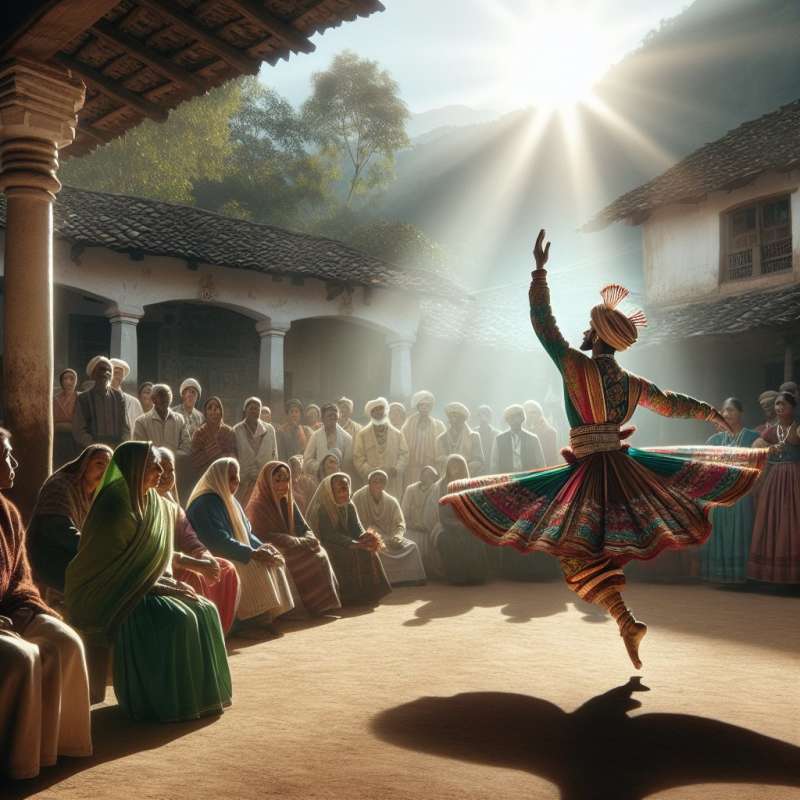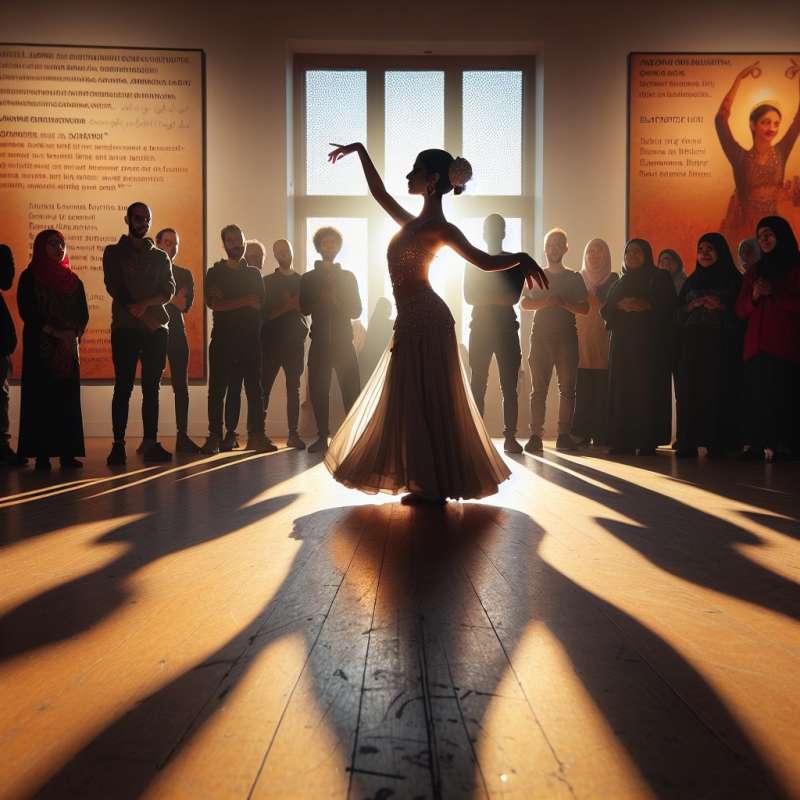
Defining Exotic Dance
Exotic dance often refers to expressive dance forms that are adult-oriented. These performances, while sensual, can vary significantly in style, cultural background, and context.
Historical Roots
The term 'exotic' has been applied to dances considered outside of Western cultural norms. Historically, 'exotic' dances have roots in ceremonies and rituals, often misunderstood by outsiders.
Cultural Significance
Exotic dances often carry deep cultural significance. For example, belly dancing has roots in Middle Eastern wedding ceremonies, symbolizing fertility and celebration.
Modern Variations
Modern exotic dancing includes various forms such as pole dancing, lap dancing, and burlesque, each with its own unique history and skill set.
Athleticism and Art
Exotic dancers often possess remarkable strength and flexibility. Pole dancing, for example, requires significant athletic ability and is even considered for inclusion in the Olympics.
Global Dance Forms
The influence of different cultures on exotic dance is global. From the Brazilian samba to the Tahitian 'ote'a, exotic dances cross national boundaries and merge styles.
Stigma and Recognition
Despite often facing social stigma, many exotic dancers and performances have moved towards mainstream acceptance, emphasizing the artistry and technical skill involved.
What does exotic dance primarily express?
Athletic competitions
Adult-oriented expressions
Western cultural norms
Company